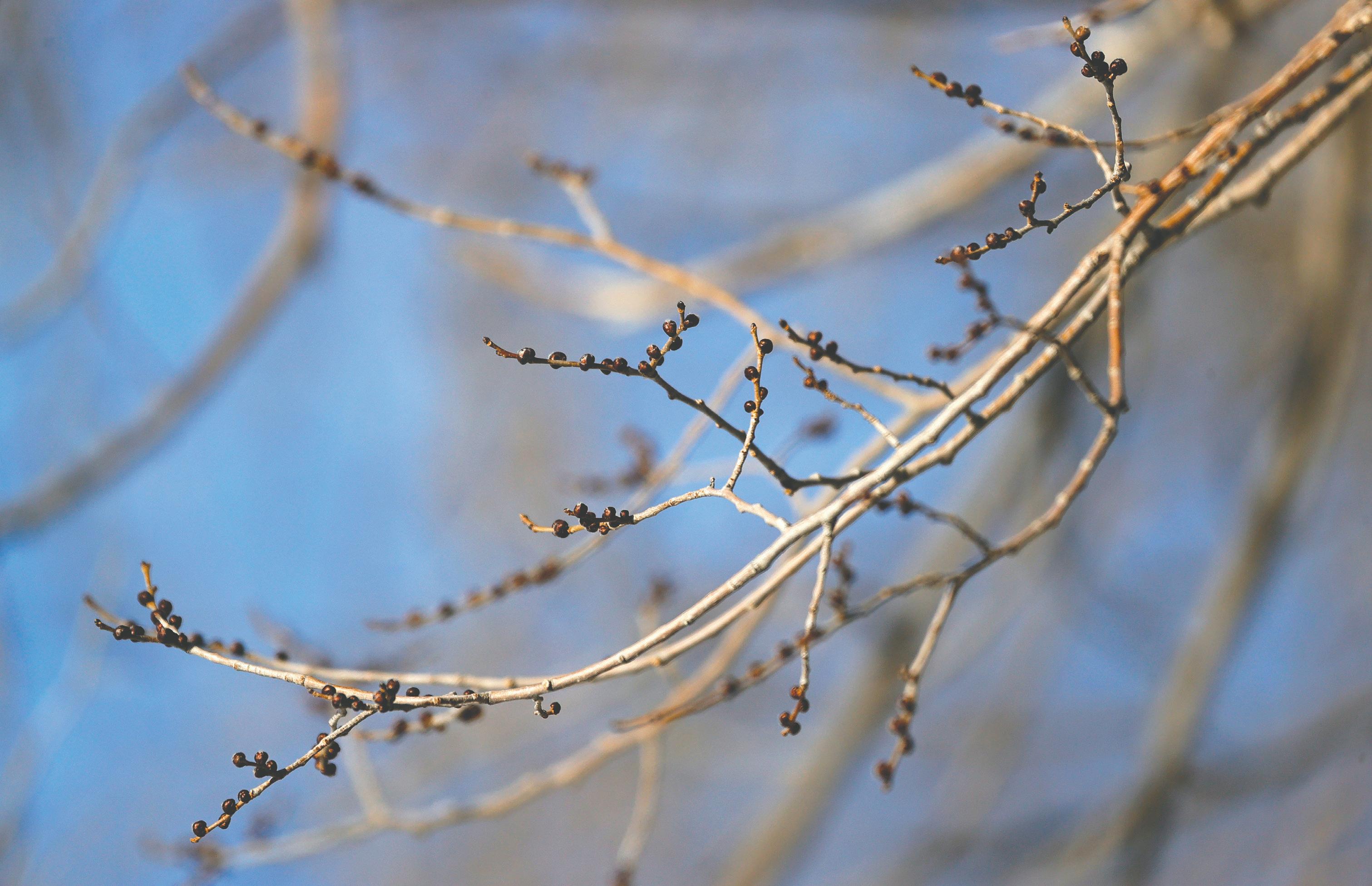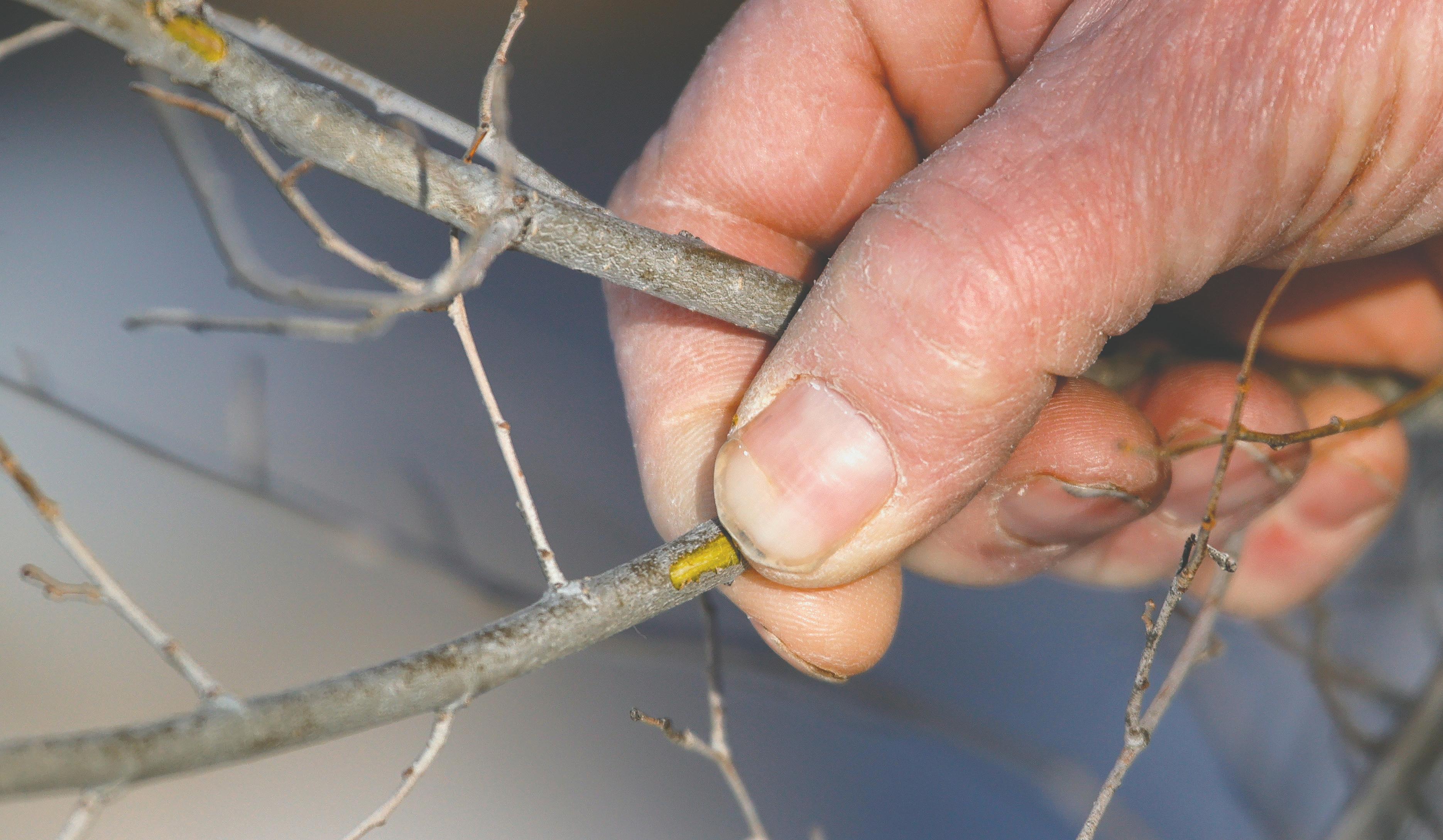
2 minute read
It’s hard to trust spring if you're a tree
It’s hard to trust spring,
if you’re a tree
Have you heard the simplest explanation of an acorn? In a nutshell, it’s an oak tree.
All trees will soon be waking from their winter nap. What happens to a tree when beautiful springlike weather spurs sap to start flowing and buds to start swelling, only to be followed by a winterlike cold snap?
According to North Dakota State University Extension Forester Joe Zeleznik, “One of the challenges for trees in the northern Great Plains is the extreme variability in our weather. In March 2021, the temperature swings were huge. Daily highs were in the 50s and 60s. Sometimes the nights were below freezing while other nights were relatively warm.”
Zeleznik continues, “As an example, on March 19, 2021, in Bowman, N.D., the temperature was 16 degrees at 7 a.m., and it rose to 65 by 4 p.m. Less than 12 hours later, it was below freezing again.”
Massive temperature swings are common in February and March. Zeleznik calls it “the midwinter fakeout,” when a warm spell makes it seem like spring has arrived, only to be pulled back into winter soon after.
Are trees injured by dipping in and out of spring? Zeleznik says it depends. “Our native trees, such as ash, bur oak, box elder and others, generally do just fine. They’re not fooled by these false signals and they stay dormant.” Our native tree species are specially protected from late winter’s mood swings with a special type of dormancy called endodormancy. These trees are dormant not only because of cold weather, but because of an internal plant inhibitor system that prevents them from growing, even if weather conditions turn warm in mid- to late winter.
Once a tree enters endodormancy in autumn, it won’t grow again until it receives enough cold to overcome this internal security system. Tree species differ in how many days of chilling are required to break this internal dormancy. Our native tree species generally require enough days of chilling to keep them safely dormant past the “midwinter fakeout.”
Zeleznik notes that sometimes non-native ornamentals are misled and will break dormancy and start growing, which can be their downfall. When temperatures fall back to normal, these trees can’t reharden quickly enough and they get damaged.
Growing Together
BY DON KINZLER Gardening Columnist
TREE: Page 7





